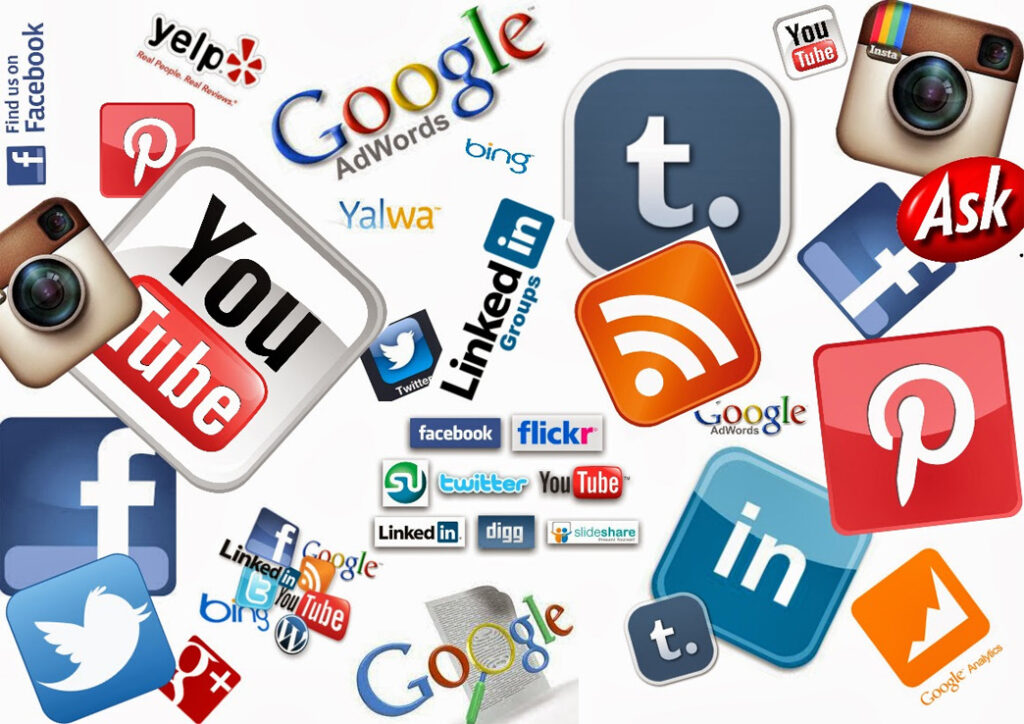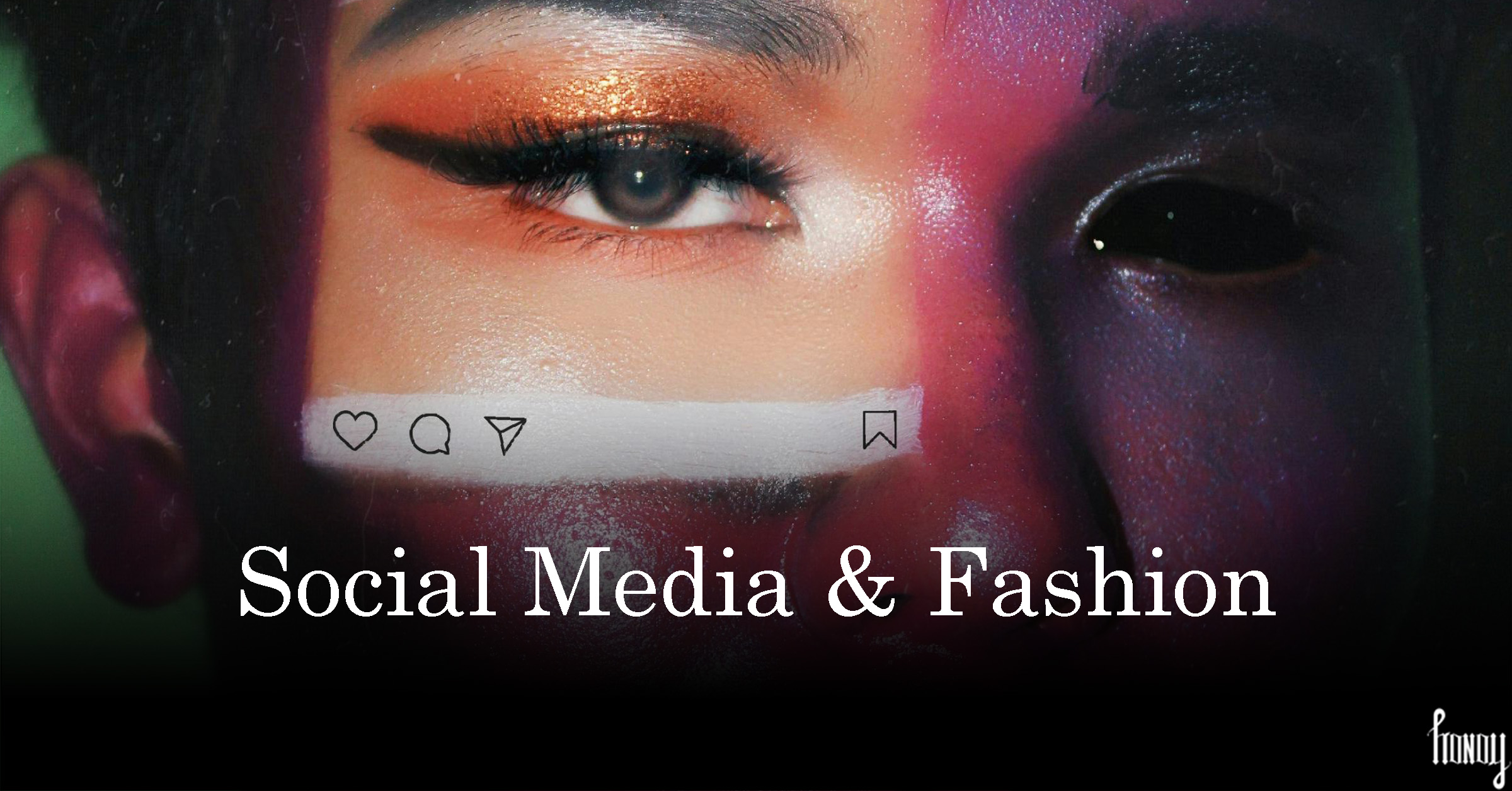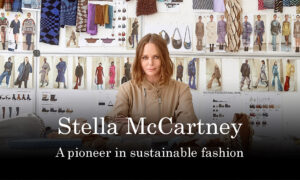Introduction
We live in an age of unprecedented digital and social media frenzy. Our daily lives have become intertwined with these digital platforms so much that they have started having influence on our collective consumer behaviour, our social trends and also redefining industry standards. Social media platforms like Instagram, TikTok have revolutionized how we interact with fashion and not just engage but also consume, discover, and refine our fashion senses.
In this blog we will see how the social media has impacted the fashion industry. We will explore the relationship that social media has developed with fashion trends, fashion influence, marketing dynamics, accessibility, diversity, as well as the challenges and opportunities it presents for the future of the industry.
Understanding the Role of Social Media in Fashion
The power that social media is able to wield in the fashion business is because it can foster a sense of community amongst users. It has transcended borders in a way like never before, as the customer from anywhere in the world can no have access to the latest fashion fresh off the runway. The barrier of exclusiveness to preview has been removed by social media.
Fashion has opened up the interaction in a two-way interaction with consumers also becoming able to provide direct opinions and have a real time dialogue with the fashion providers. This has given the fashion insiders a great opportunity to directly connect with millions of their users and get firsthand feedback on the latest creations. Simultaneously this has given rise to the now ubiquitous fashion influencer, who are people with enough online following to garner interest in anything they deem fit.
Another major aspect that the social media and the internet in general has brought to the fashion business is the true personalization of the customer journey. In an environment that is flooded with choices, tailored shopping experiences are the norm of every business in order to stand out in its customer’s memory. The better this personalisation experience is the more edge the business has over their competitors. Artificial Intelligence (AI) has played a lead role in empowering the consumer giving each and everyone a unique voice to express their fashion choices.
The Influence of Social Media on Fashion Trends
Not long ago, we were used to learn about the latest trends through limited means like fashion magazines or what the movie stars wear on the red carpet. But not anymore, with the advent of live streaming and access to mobile phones and internet, the knowledge of latest happening in fashion has reached a new democratic level.
From viral challenges to hashtag movements, social media not only accelerates the spread of trends but also creates new ones from amidst the consumer, which has never been done before. Thus, democratizing style and amplifying diverse voices in the process, social media has now made an open field where literally anyone and everyone has a chance of expressing their views.
Changing Dynamics of Fashion Marketing
Social media has not only disrupted the rules and game of the traditional marketing strategies but has also given rise to the ‘user generated content’ which in the form of reviews and ratings has changed the landscape for fashion marketing. The digital advertising campaigns being run on social media platforms like Instagram engage the audience in real-time where buyers can actually place bid on garments as they are walking down the runways.
The consumer is no longer just the spectator but now is an active participant. The creators of fashion i.e. the fashion designers are now under more pressure than ever before because now the actual consumer of these products has the power to sway the mood of an entire population in favour of or against a certain trend or fashion creation.
Social Media’s Role in Fashion Accessibility and Diversity
When we say that social media has truly democratize the fashion industry, what it means is that there are no more boundaries based on financial or regional segregations when it comes to fashion content consuming. Promoting diversity and inclusivity has been the most important campaigns that social media has championed. Diverse representation, and inclusivity campaigning has challenged the conventional beauty and fashion standards. This has in turn empowered the small designers and businesses that wish to cater to niche clientele.
The freedom to form communities based on fashion choices, tastes, and opinions on fashion, has made people from all over the world find their own communities where they feel solidarity in expression through clothing. And social media platforms have made it possible. The revolution that this has brought about is easily visible when you see children discussing fashion and octogenarians finding commonalities and commenting on their content.
Challenges and Controversies
Everything that glitters is not gold!
This holds very true for this new boon of social media. On one hand, the social media has revolutionized the nature of relation between fashion and consumer giving them absolute freedom when making choices. On the other, the dark side of this freedom manifests in the form of extensive copying. Designers are today struggling to keep their designs safe and original, because the moment even a single photograph is uploaded on the internet, it is open to the world to make copies and resell for lower profits.
Similarly, because people now have to freedom to say anything online, they at times misuse it to bring celebrities and designers and even big brands into negative light because of slight mistakes. Not to say that this has made celebrities and fashion houses more conscious of the choices and associations they make.
The influencer culture is also not untouched from people who want to fool the simple people and made profits from unethical practices. Perpetuating unrealistic beauty standards, endorsing, and promoting unsafe products, and forcing people to follow trends are all the negative aspects of the freedom of social media platforms. The authenticity of influencer marketing and sponsored content has also come under scrutiny, raising questions about transparency and integrity in digital marketing practices.
The Future of Fashion and Social Media
As we look ahead, the relationship between fashion and social media will continue to evolve, driven by technological advancements and shifting consumer preferences. Virtual reality, augmented reality, and other emerging technologies hold the potential to revolutionize the way we experience and interact with fashion, blurring the lines between the physical and digital realms. Moreover, social media’s role in promoting sustainability and ethical practices in the fashion industry will likely gain momentum, as consumers demand greater transparency and accountability from brands.

Conclusion
In conclusion, the impact of social media on fashion is profound and far-reaching, reshaping industry norms, consumer behaviors, and societal perceptions of beauty and style. As we navigate this digital catwalk, it’s essential to recognize the opportunities and challenges that social media presents for the future of fashion. By embracing inclusivity, transparency, and innovation, the fashion industry can harness the power of social media to inspire, connect, and empower fashion enthusiasts around the globe. Join the conversation, and let’s continue to explore the ever-evolving intersection of fashion and social media together. If you think I have left any area under this topic, please write in the comments below and let us start a discussion.




























